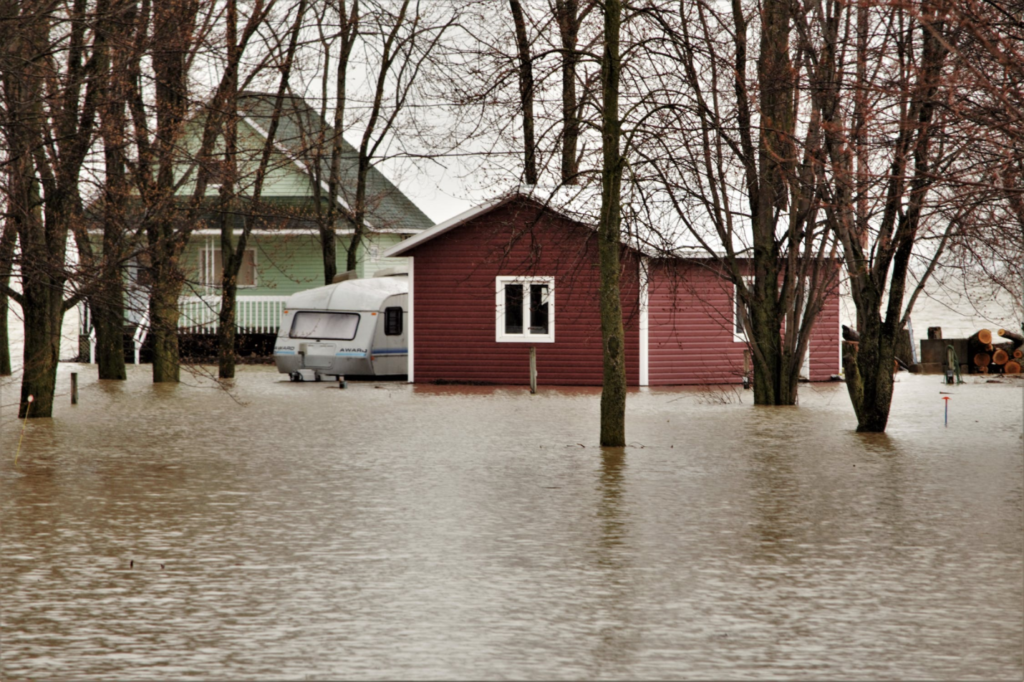Water damage can strike any property, but the challenges and considerations for restoration differ significantly between residential and commercial spaces. Understanding these distinctions is crucial for effective restoration efforts and ensuring a swift return to normalcy.
In this blog, we will examine the differences between residential and commercial water damage.
Residential Water Damage: A Personal Challenge
In residential settings, water damage often affects smaller spaces with a primary focus on personal belongings. Common culprits include burst pipes, leaky roofs, or appliance malfunctions. Quick identification and response are essential to prevent structural damage and protect cherished possessions.
Challenges:
- Limited Space: Residential properties typically have less square footage, making containment and drying processes more manageable but still critical for preventing mold growth.
- Personal Belongings: Homeowners’ sentimental items can be severely impacted, requiring specialized care and attention during the restoration process.
- Structural Considerations: Although smaller, residential structures can still face significant structural damage, necessitating a thorough inspection and targeted restoration efforts.
Commercial Water Damage: Impact on Business Operations
In contrast, commercial water damage poses unique challenges due to larger spaces and the potential for disruption to business operations. Whether it’s an office building, retail space, or manufacturing facility, the stakes are higher, requiring a comprehensive approach to minimize downtime.
Challenges:
- Business Interruption: Commercial spaces often house critical operations. Water damage can halt productivity, resulting in financial losses and potential reputation damage.
- Large Scale: Commercial properties are expansive, requiring specialized equipment and strategies for efficient water extraction, drying, and restoration.
- Code Compliance: Commercial properties must adhere to specific building codes and regulations. Restoration efforts must align with these standards to ensure a safe and compliant work environment.
Common Restoration Processes for Both Settings
The restoration processes common to both settings include:
- Content Packout: Safely removing and restoring belongings affected by water damage.
- Demolition and Debris Removal: Clearing damaged materials to facilitate a clean slate for restoration.
- Equipment Delivery, Setup, and Monitoring: Employing state-of-the-art equipment for efficient drying and monitoring progress.
- Flood Cleanup: Swift removal of standing water to prevent further damage.
- Loss Site Inspection and Evaluation: A meticulous assessment to determine the extent of the damage and plan restoration efforts.
- Sewage Water Contamination Removal: Addressing health hazards associated with contaminated water.
- Structural and Surface Drying: Thorough drying of structures to prevent mold growth.
- Water Damage Restoration: Comprehensive restoration services tailored to each property’s unique needs.
- Water Extraction and Cleanup: Removing water and debris to restore a clean and safe environment.

Get Prompt Assistance With Commercial Water Damage
Understanding the nuanced differences between residential and commercial water damage is crucial for effective restoration. At Pro Water Damage Inc., we stand ready to address these challenges with expertise and a commitment to restoring homes and businesses alike. Our residential and commercial water damage restoration services are comprehensive and target the various issues that arise from water damage.
Contact us to start using our residential and commercial flood damage cleanup services in Anaheim.




